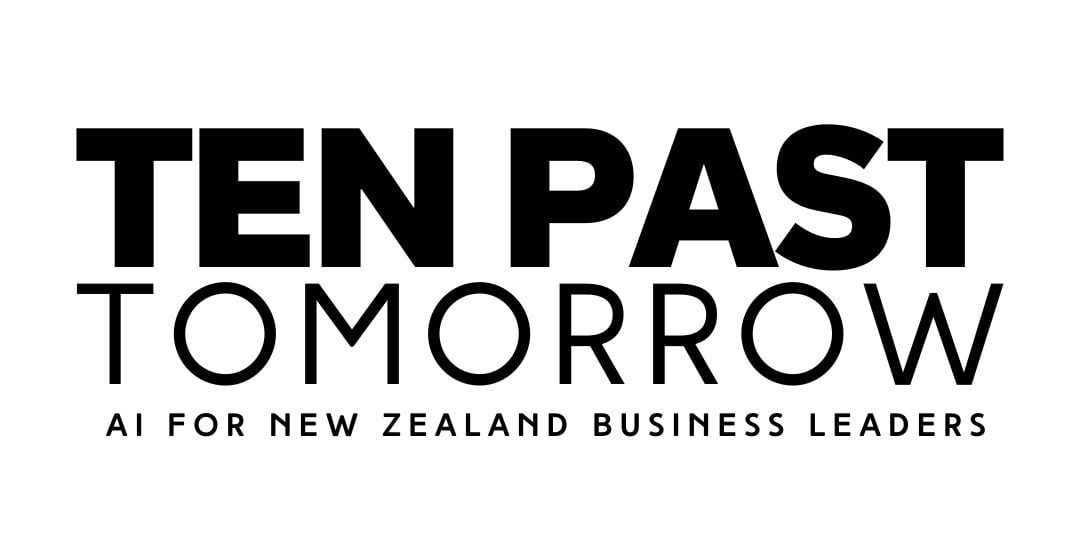GPT-4: A Glimpse of Artificial General Intelligence, or Just Speculation?
GPT-4, the latest and most powerful language model by OpenAI, has been claimed to exhibit sparks of artificial general intelligence (AGI) by Microsoft researchers. But is this claim valid or just speculation? And what does it mean for the future of AI and humanity?
Firstly, what is AGI, and why is it so important?
AGI is a term that refers to an AI system that can understand and learn any intellectual task that humans are capable of. It also implies that the system can learn from its own experience, generalize to new situations, and understand its own limitations. However, there is no consensus on how to measure or test AGI, or whether it is even possible or desirable to create it.
AGI is considered the ‘holy grail’ by many AI researchers and developers. It’s also a highly contested term, with varying definitions and expectations.
Some view AGI as a potential ally or partner for humanity, while others fear it as a potential threat or competitor. Some believe AGI is inevitable or imminent, while others doubt it will ever happen or take centuries to achieve.
Personally, I sit squarely on the fence on this debate. I find it inherently problematic, because so much of the AI knowledge and power sits behind barricaded Silicone Valley gates.
Based on the online commentaries I’m tracking though, I’d like to summarise the discussion, and what it means to us as business leaders.
I’ll explore the claims and controversies surrounding GPT-4 and its potential as an early example of AGI. I’ll examine the capabilities and limitations of GPT-4 and other large language models (LLMs), the ethical and social implications of deploying such powerful AI systems in the real world, and the challenges and opportunities for advancing towards deeper and more comprehensive versions of AGI.
Let’s dive in…
The rise and fall of Large Language Models
GPT-4 is part of a new generation of large language models (LLMs) that use deep neural networks to generate natural language based on a huge amount of text data. Unlike previous models that were trained on specific tasks or domains, GPT-4 can adapt to any text input and generate coherent and relevant responses across a wide range of topics and formats.
LLMs have been advancing rapidly in recent years, thanks to the availability of massive compute and data resources. Models like GPT-3, BERT, T5, and XLNet have achieved remarkable results on various natural language processing (NLP) benchmarks, such as question answering, text summarization, sentiment analysis, machine translation, and more.
However, these models are not without limitations. They are often prone to errors, biases, inconsistencies, and contradictions. They lack common sense, world knowledge, and causal reasoning. They rely on statistical patterns and correlations rather than semantic understanding and logic. They are also difficult to interpret, explain, and control.
GPT-4 aims to overcome some of these limitations by scaling up the size and quality of its model and data. GPT-4 has 1 trillion parameters, 10 times more than GPT-3. It was trained on 1 petabyte of text data, 100 times more than GPT-3. It also used a novel self-supervised learning method that allows it to learn from its own generated text as well as from external sources.
According to a paper released four days ago by Microsoft researchers, GPT-4’s performance on various tasks and domains is strikingly close to human-level performance, and often vastly surpasses prior models such as ChatGPT.
For instance, GPT-4 can write essays, poems, code, summaries, jokes, tweets, lyrics, and more. It can also answer questions, solve math problems, diagnose medical conditions, interpret legal documents, create visual art, and more.
The Microsoft researchers say that GPT-4 displays “sparks” of general intelligence that set it apart from earlier models. They argue that GPT-4 can perform novel and difficult tasks that span mathematics, coding, vision, medicine, law, psychology and more, without needing any special prompting. Moreover, they suggest that GPT-4 could be used as a platform for further research and development towards deeper and more comprehensive versions of AGI.
The debate and dilemma of Artificial General Intelligence
The claim that GPT-4 shows sparks of AGI has ignited a heated debate in the AI community and beyond.
Some experts and enthusiasts are excited by the possibility of creating a new kind of intelligence that could revolutionize science, technology, and society. They see GPT-4 as a milestone and a catalyst for further innovation and discovery.
Others are skeptical or cautious about the claim and its implications. They argue that GPT-4 is still far from achieving true AGI, and that there are many technical and conceptual challenges to overcome.
They also warn that GPT-4 and other advanced AI systems pose serious ethical and social risks, such as bias, discrimination, manipulation, deception, exploitation, and harm. They call for more transparency, accountability, regulation, and governance of AI development and deployment.
The debate on AGI is not only about the feasibility or desirability of creating it, but also about the purpose and value of doing so.
What are the goals and motivations behind pursuing AGI? What are the benefits and costs of achieving it? What are the responsibilities and consequences of creating it? Who should have access to it and control over it? How should we interact with it and relate to it?
For me, these are some of the questions that need to be addressed before we can fully embrace or reject the pursuit of AGI. They’re questions that are relevant to us not just as New Zealand business leaders, but as members of society and wider humanity. These questions will affect us all in the months and years ahead.
The future and challenge of Artificial General Intelligence
While the debate on AGI continues, it’s essential for individuals, businesses, and society to prepare for a future where AI plays an increasingly significant role. The rapid advancements in AI technology require us to adapt our skills, expectations, and strategies to effectively harness the power of AI tools like GPT-4.
GPT-4 and other advanced AI systems offer tremendous opportunities for innovation, creativity, productivity, and efficiency. They can help us solve complex problems, discover new knowledge, create new art forms, and enhance our lives in many ways. They can also empower us to tackle some of the biggest challenges facing humanity, such as climate change, poverty, disease, and inequality.
However, GPT-4 and other advanced AI systems also pose significant challenges and risks that need to be addressed. They can amplify existing biases, inequalities, and injustices. They can manipulate, deceive, or harm us intentionally or unintentionally. They can undermine our privacy, security, autonomy, and dignity. They can also challenge our identity, values, and morality.
How do I feel personally?
I’m out of my skin excited by the advances we’re seeing at the moment. I believe we’re standing on the cusp of the Age of AI.
There’s also a significant part of me that feels real trepidation about the pace of advancement we’re seeing, and the motivations of those seeking AGI.
I think we need to ensure that GPT-4 and other advanced AI systems are developed and deployed in a responsible, ethical, and sustainable way.
We need to establish clear standards, guidelines, and regulations for AI design, evaluation, and governance.
We need to foster transparency, accountability, and trust among AI developers, users, and stakeholders.
We need to promote collaboration, dialogue, and education among AI experts, policymakers, and society.
And we need to respect the rights, interests, and well-being of all humans and other living beings.
The claims surrounding GPT-4 and its potential as an early example of AGI have sparked massive excitement and skepticism in the AI community and beyond.
As we navigate the complexities of this debate, it’s important to focus on the broader implications of advanced AI tools, prepare for a future shaped by these technologies, and promote ethical, responsible AI development.
By embracing collaboration and maintaining a balanced perspective, my hope is that we can harness the power of AI to create a better future for all.






